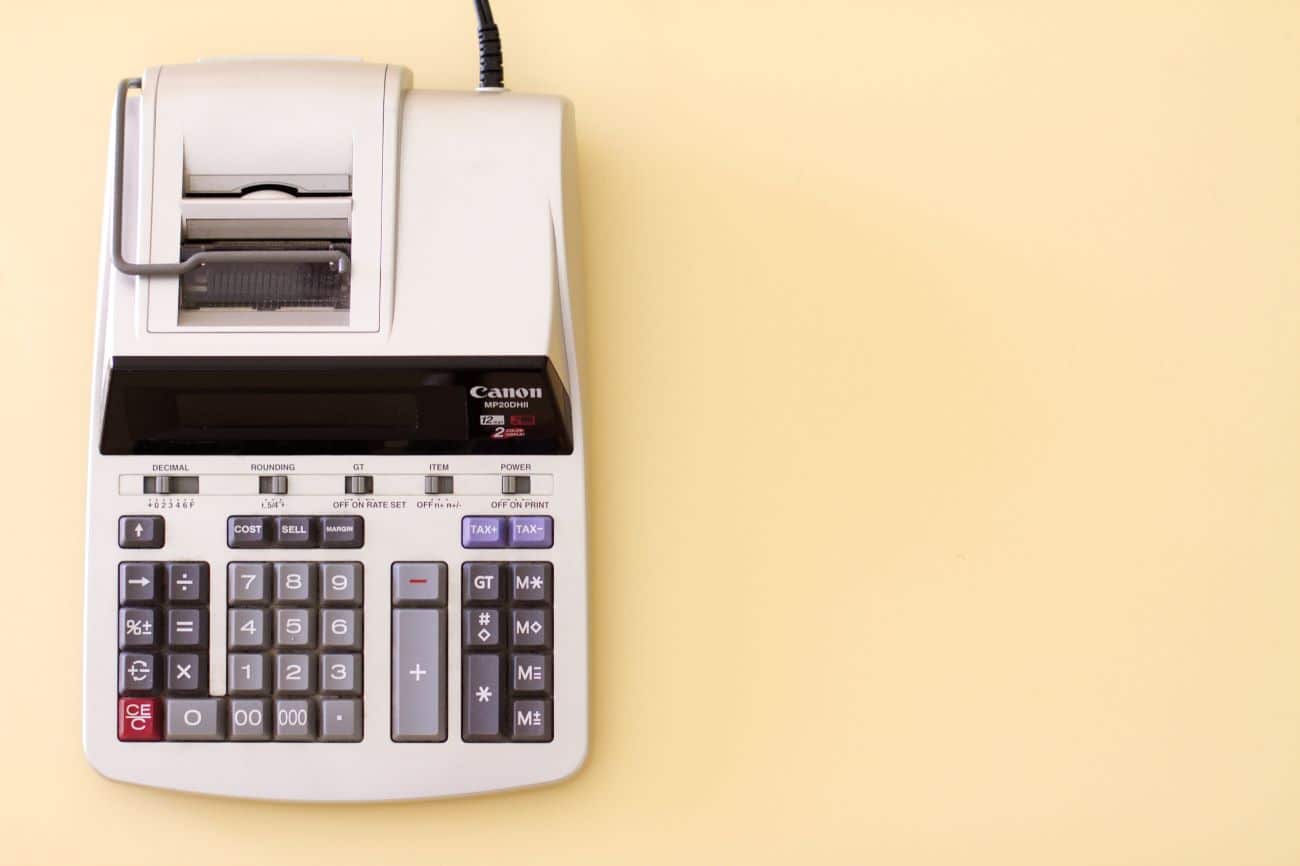Chancellor Jeremy Hunt revealed a series of tax hikes in the Autumn Statement as he announced that the UK was already in recession and growth is set to shrink further next year. He said his priorities are stability, growth and public services and that his £55bn worth of tax rises and spending cuts would lead to a ‘shallower downturn’.
The chancellor said that the personal tax measures was based on asking ‘those with more to contribute more’. Here we explore the changes announced and what they mean for you.
Personal taxes
The personal tax-free allowance of £12,570 and higher rate threshold of £50,270 for income tax will be frozen up to and including the 2027/28 tax year. This policy of not increasing allowances in line with the cost of living, or fiscal drag as it is known, forces millions of earners to pay more tax as wages go up. It is known as a stealth tax because workers and investors end up paying more tax, but without the government increasing headline tax rates.
There is a further increase in income tax for the highest earners, with the threshold at which the additional rate of 45% kicks in reduced to £125,140 from the current £150,000. This will mean someone earning £150,000 will pay an extra £1,250 a year in tax.
In summary, for the next five years, anyone in England or Northern Ireland earning £12,571 to £50,270 will pay tax at 20% on income in that bracket. Over that earnings from £50,271 to £125,140 will be taxed at 40%, and anything above that at 45%.
This could result in more pensioners becoming liable for income tax. As the full state pension amount of £9,600 rises closer to the personal allowance of £12,570, those with an additional source of income in addition to their state entitlement may find themselves paying income tax.
Dividend taxes
The dividend allowance will be cut from £2,000 to £1,000 next year and then to £500 from April 2024. Any dividends received over and above the allowance, will pay tax on them at a rate depending on how much other income they receive. For basic rate taxpayers the dividend tax is 8.5%, for higher rate taxpayers it’s 33.75%, while top rate taxpayers will pay 39.35%.
Investors who hold money in funds or shares outside a pension or an ISA will face a greater tax burden.
Capital Gains Tax
The threshold for paying capital gains tax (CGT) has been halved from £12,300 to £6,000 for the 2023/24 tax year and will be cut again to £3,000 in the 2024/25 tax year.
Capital gains tax is payable when certain items worth more than £6,000 are sold (or gifted) such as antiques or art, or assets including second homes and shares held outside of an ISA (or PEP). Capital gains tax brought in £14.3 billion in the 2020-21 tax year, from 323,000 individuals.
Stamp duty
Reduced stamp duty rates will continue until March 2025. After that, the nil rate threshold will be cut from £250,000 to £125,000. The nil rate threshold for first-time buyers will fall from £425,000 to £300,000 and the maximum purchase price which first time buyers’ relief can be applied to will fall from £625,000 to £500,000.
While it might please buyers now at a time when the financial pressure of buying a home is increasing, escalated by higher mortgage rates and the rising cost of living, if the cut is introduced overnight it could end up temporarily inflating house prices as people rush to make the deadline.
Pensions
After weeks of speculation about whether the triple lock would be honoured next year for pensioners, Hunt confirmed a 10.1% increase from April, along with the extra cost of living payments of £300. Pension Credit was also uprated by 10.1%, boosting the income of single pensioners to around £201 per week.
Household bills
The household energy price cap was extended for one year beyond April, but Hunt has made it less generous, with typical bills capped at £3,000 a year instead of £2,500. Though bills could hit £4,000 without support.
Meanwhile, the chancellor announced that councils can raise tax by 5% without holding a local vote (referendum) compared with the existing 3% plus an additional 2% if they have social care responsibilities.

